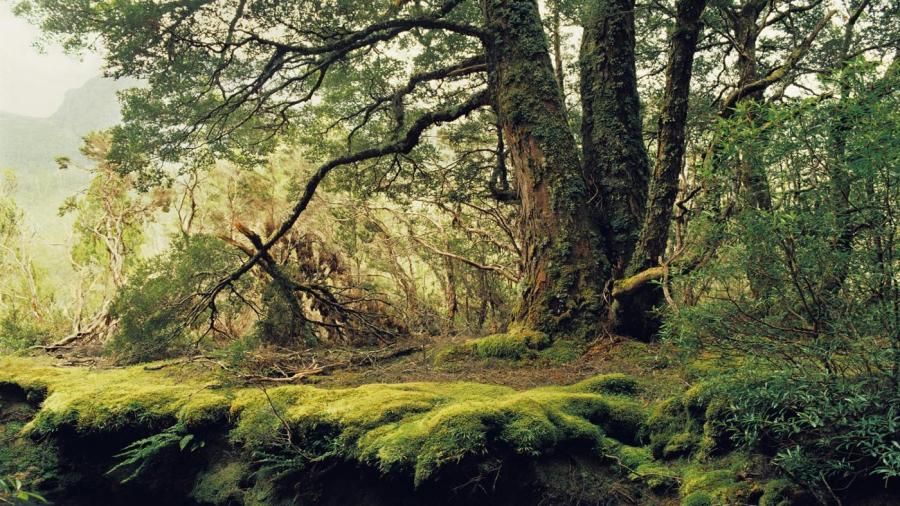What Are Some of the Abiotic Factors in the Temperate Forest?

Some examples of abiotic factors in temperate forests include the soil and mineral characteristics of the area, as well as the temperature and climate of the forest. In contrast to biotic, or living, factors of a forest, the abiotic factors are the result of non-living processes.
The type of soil supporting a temperate forest affects the plant and animal communities that live in them. Sandy-soiled forests typically host pine trees and flame-resistant shrubs. By contrast, forests with clay or loamy soils usually host hardwood trees if they are old enough. The pH of the soil influences the trees and plants living in a forest as well. For example, some plants, such as blueberries, prefer growing in acidic soils.
Forests have a narrow range of climates under which they can persist. Without suitable rainfall, trees cannot grow, and the area becomes a prairie or grassland; if they get too much rainfall, they survive, but the population of plants and animals change to reflect the habitat alteration. Temperature affects temperate forests as well, and if suitable temperatures are not maintained, forests perish. Forests can usually sustain a season with cold temperatures, but they must have sufficient sunlight to grow and execute photosynthesis.





